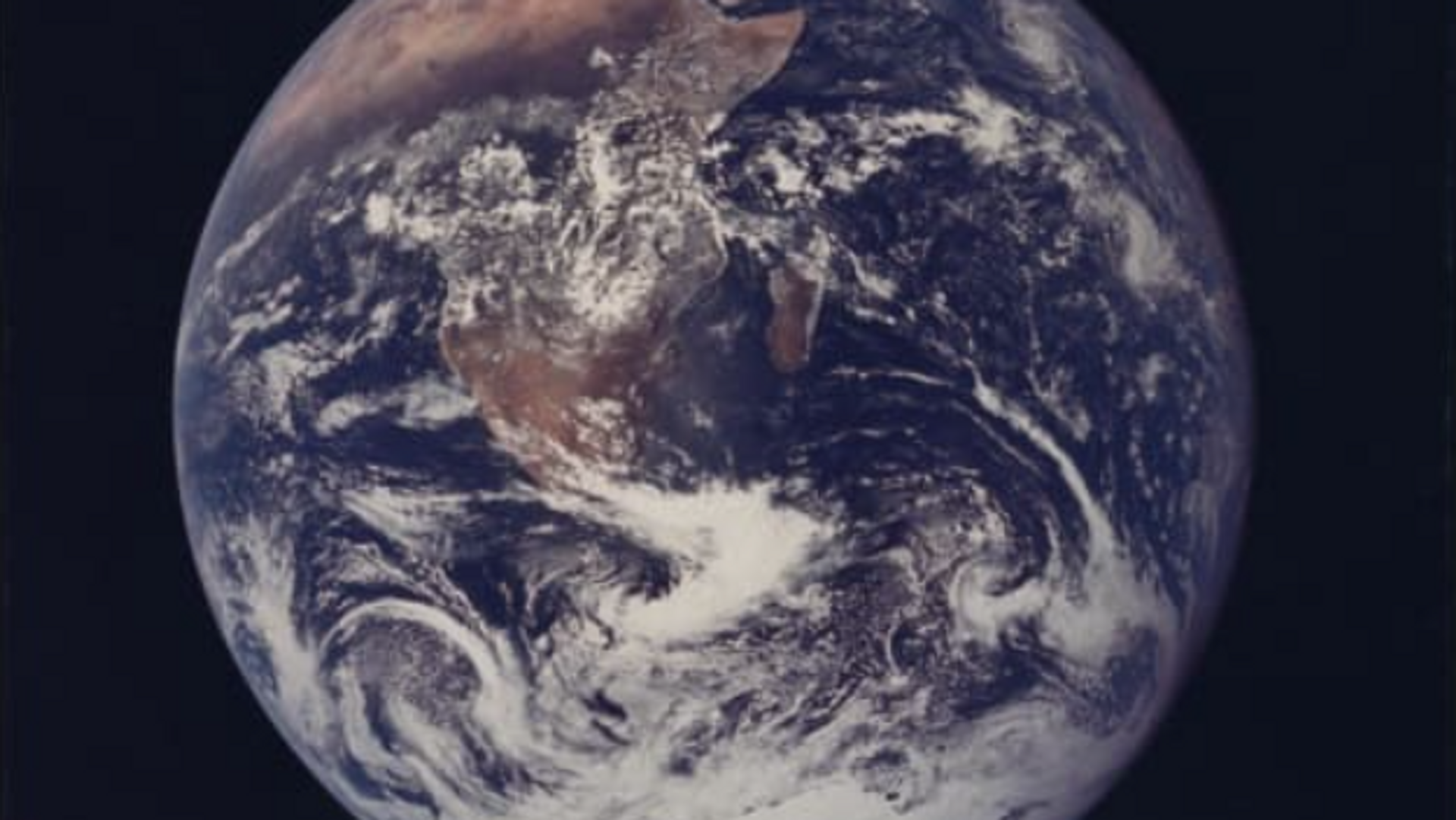An international team of scientists led by researchers at Shandong University in China has observed the first known space hurricane above the Earth, a discovery they described as "incredible". According to the results of the study, published on 22 February in the journal Nature Communications, the researchers spotted the process after analysing satellite observations made seven years ago.
"Until now, it was uncertain that space plasma hurricanes even existed, so to prove this with such a striking observation is incredible”, said Professor Mike Wood, space scientist at the University of Reading. "Tropical storms are associated with huge amounts of energy, and these space hurricanes must be created by unusually large and rapid transfer of solar wind energy and charged particles into the Earth's upper atmosphere".
So what does a space hurricane look like? According to the researchers, the one that they observed above the North Pole was a swirling mass of plasma and behaved similarly to its siblings on Earth, except for one detail - instead of water, the space hurricane rained electrons. Researchers say the event lasted eight hours before the hurricane broke down.
Professor Mike Wood says that because plasma and magnetic fields in the atmosphere exist throughout the universe, the discovery suggests that space hurricanes could be found near other planets and moons. Researchers say space hurricanes are likely to affect high frequency radio communications, as well as disturb satellite navigation and communication systems. The process may also affect the interaction between interstellar winds and other solar systems.

